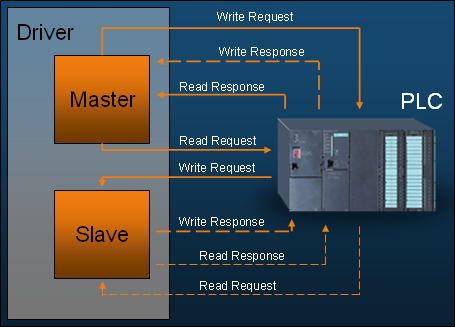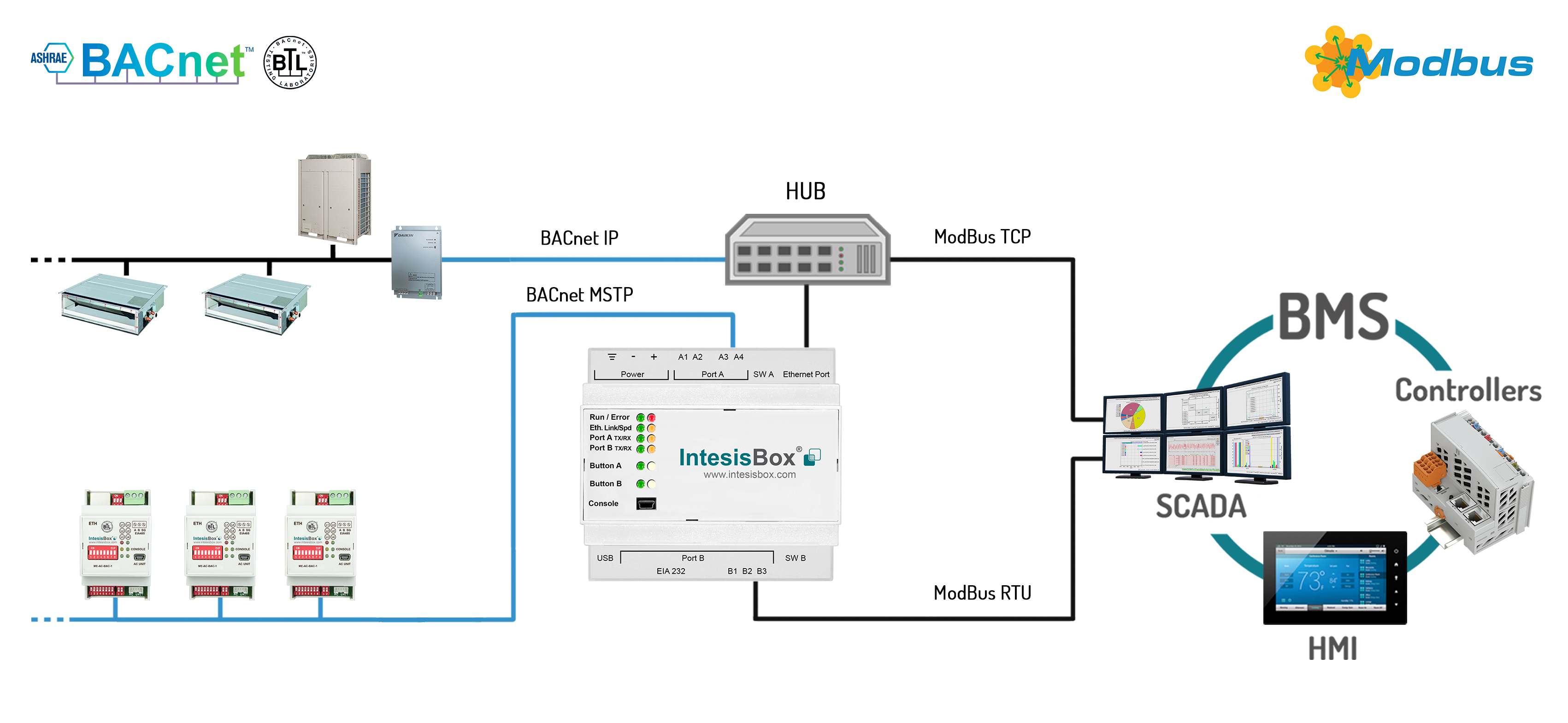

- #Modbus server client how to#
- #Modbus server client serial#
- #Modbus server client update#
- #Modbus server client code#
Var registers = server.GetHoldingRegisters() However, asynchronous operation requires a synchronization of data access, which can be accomplished using the lock keyword: var cts = new CancellationTokenSource() This means all client requests are handled immediately. The first one, which is the default, is asynchronous operation. There are two options to operate the server. When you don't need the server anymore, dispose it: server.Dispose() It's as simple as: client.WriteSingleCoil(unitIdentifier, registerAddress, true) įirst, you need to instantiate the Modbus TCP server: var server = new ModbusTcpServer() A conversion from Span to other types can be efficiently achieved through: Span byteSpan = new byte Ĭlient.WriteMultipleRegisters(unitIdentifier, startingAddress, floatData) With this type, the memory can be interpreted as byte, int, float or any other value type. In short, a Span is a simple view of the underlying memory. The returned data of the read functions (FC01 to FC04) are always provided as Span ( What is this?) or as Memory (for async function codes). When you are explicitly specifying the endianness of the data layout in the constructor, the library will correctly handle the data conversion for you.īy default, this library expects little-endian data for compatibility reasons. In that case try one of the following Connect() overloads: var client = new ModbusTcpClient(.) Ĭlient.Connect(., ModbusEndianness.BigEndian) Additionally, there are also Modbus servers around that work with little-endian data.ĭue to this inconsistency it may happen that you get strange numbers from the Modbus server. This requires to convert the data from one layout into the other whenever a Modbus register is access. Opposed to this, most modern systems have little-endian memory layout. The Modbus specs define a big-endian data layout, i.e. Once you have an instance, connect using a free COM port: client.Connect("COM1") use specified IP address and default port 502Ĭlient.Connect(IPAddress.Parse("127.0.0.1")) Ĭlient.Connect(new IPEndPoint(IPAddress.Parse("127.0.0.1"), 502))Īlternatively, a new Modbus RTU client can be created with the following code: // use default COM port settings Once you have an instance, connect to a server in one of the following ways: // use default IP address 127.0.0.1 and port 502 NET Core project with the FluentModbus package installed: PS> dotnet new consoleĪ new Modbus TCP client can be easily created with the following code: var client = new ModbusTcpClient() Here is a screenshot of the sample console output using a Modbus TCP server and client:
#Modbus server client how to#
Please see the introduction below to get a more detailed description on how to use this library!
#Modbus server client code#
Note: The Modbus clients implement each function code in a synchronous and an asynchronous version ( async/await). Both, the server and the client, implement class 0, class 1 and class 2 (partially) functions of the specification. NET Standard library (2.0 and 2.1) that provides Modbus TCP/RTU server and client implementations for easy process data exchange.


start the Ethernet connection and the server:
#Modbus server client serial#
Initialize serial and wait for port to open:
#Modbus server client update#
IPAddress server(xxx,xxx,x,xxx) // update with the IP Address of your Modbus server ModbusTCPClient modbusTCPClient(ethClient) The IP address of Client (will be dependent on your local network)īyte mac = Newer Ethernet shields have a MAC address printed on a sticker on the shield Enter a MAC address for your controller below. #include // ArduinoModbus depends on the ArduinoRS485 libraryĬonst int REG = 528 // Modbus Hreg Offset I guess i should start with just trying to get holding registers and see if i can read data from the HMI first. So far I only have the Mega 2560 with Ethernet shield as a Client, toggling coils in some tags I set up on a Redlion HMI. " #include " in the library and don't have any experience with GitHub and downloading files to use in my IDE. You did a log of work there but it looks like I am in a little over my head.


 0 kommentar(er)
0 kommentar(er)
